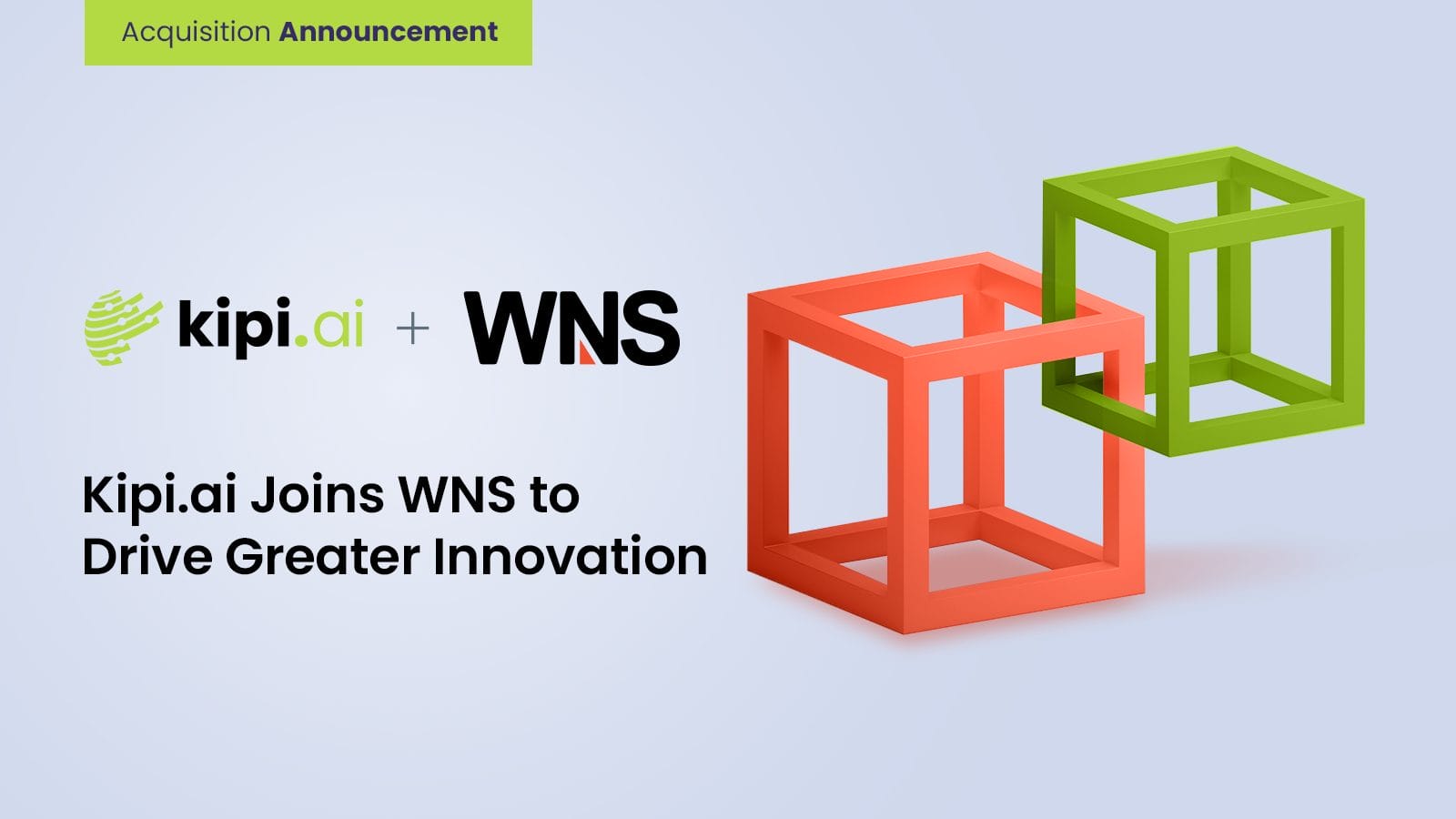Author: Eshak R
Introduction
In any project management setting, effectively managing risks, assumptions, issues, and dependencies (RAID) is crucial for successful project delivery. Kipi.bi, an innovative project management platform, offers a comprehensive RAID management system that ensures transparency, accountability, and proactive mitigation. This blog will delve into the key features and benefits of RAID management in Kipi, highlighting its user-friendly interface and automation capabilities.
Identifying and Managing Risks
In every project, encountering risks is a certainty. These risks can vary from technical difficulties to external factors such as market fluctuations or changes in regulations. A RAID log offers a structured method to identify potential risks, organizing them according to their nature and potential consequences. By keeping a thorough record of risks, project managers can effectively prioritize them, create strategies to mitigate their impact, and continuously monitor their progress. This proactive approach enables teams to anticipate challenges and reduce the repercussions of unexpected circumstances.
Tracking Risks
Project and program management encompass a multitude of tasks and activities. Without a systematic approach to monitoring action items, there is a risk of overlooking important details.
A RAID log acts as a centralized hub for all scheduled and in-progress actions. It guarantees that team members have clear knowledge of their obligations and deadlines, fostering a sense of responsibility and openness. Consistently updating the log offers a concise snapshot of the project’s advancement and aids in identifying areas that may necessitate extra resources, attention, or escalation.
Addressing Issues Promptly
Issues can hinder progress if not dealt with promptly. The RAID log serves as a tool for recording and monitoring issues as they occur. By keeping track of known problems, project managers can effectively allocate resources, work together on finding solutions, and ensure that projects stay on track. Swift resolution of issues is vital in preventing minor challenges from turning into significant obstacles.
Recording Decisions
Effective decision-making is at the core of successful project management. The RAID log serves as a historical record of key decisions made throughout the project lifecycle. During the decision-making process, decisions are added as drafts, and updated as they get discussed and then approved. This documentation is invaluable for several reasons. It provides clarity on why certain decisions were made, who approved the decision, aids in onboarding new team members, and serves as a reference for similar situations in future projects. By maintaining a decision log, organizations create a knowledge base that contributes to continuous improvement and learning.
RAID Log Creation
When a new RAID is identified, it is essential to update the respective project’s RAID Log promptly. In Kipi, this process is seamless, requiring a simple click on the ‘New’ button. This action triggers the creation of a new entry in the RAID Log, allowing project stakeholders to track and address potential risks and issues effectively.
Critical Fields and Their Significance
To ensure comprehensive RAID management, Kipi encourages users to populate specific fields accurately. Here are the essential fields and their significance:
- Stage: Selecting ‘Open’ from the drop-down menu at creation signifies that the RAID is actively being addressed.
- RAID Description: Succinctly describe the RAID to provide a quick overview to stakeholders.
- Priority: Set the priority level (Low, Medium, High, Critical) based on urgency and potential impact. This helps prioritize mitigation efforts.
- Client Contact: Indicate the stakeholder from the client’s end responsible for the RAID, fostering effective communication and collaboration.
- Potential Impact: Forecast the potential consequences if the RAID is not resolved in a timely manner, emphasizing the importance of prompt mitigation.
- RAID Category: Choose from Risk, Assumption, Issue, Dependency / Decision to categorize the nature of the RAID accurately.
- Open Since: Specify the date when the RAID was identified, aiding in tracking the duration of unresolved issues.
- Due Date: Set a realistic date by which the RAID must be resolved to avoid potential impact, providing a clear timeline for action.
- Mitigation Action: Outline the measures to be taken to mitigate the RAID, ensuring a proactive approach to risk management.
- Department Name: Assign the responsible department for closure, selecting ‘Client’ for RAIDs dependent on the customer.
- RAID Owner: Designate the person responsible for closing the RAID log, ensuring accountability and ownership.
- Visibility: Set the visibility as ‘External’ if the RAID is shared with the client, or ‘Internal’ if it is not, facilitating appropriate information sharing.
- Closure Reason: When closing the RAID log by setting the ‘Stage’ to ‘Close,’ provide closure comments to explain the reason or outcome.
Automation and Communication
Kipi’s RAID management system enhances efficiency through automated processes. Once a RAID log is created, a notification email is triggered to the assigned ‘Kipi Owner,’ ensuring immediate awareness of the assigned task. Additionally, if a RAID log surpasses the ‘Due Date,’ a follow-up email is automatically sent to the ‘Kipi Owner’ and key delivery stakeholders, highlighting the overdue status and encouraging timely action.
Flexibility and Collaboration
Kipi’s RAID management system fosters collaboration and knowledge sharing through its integrated chatter function. This feature allows users to add notes, ask questions, conduct polls, and initiate conversations specific to a RAID log. This interactive space promotes effective communication, enabling project teams to exchange ideas and address concerns promptly.
Project Accountability and Assurance
To ensure accurate project representation, Kipi enforces the following measures for project managers (PMs) and business unit (BU) leads:
- Only active projects are displayed in the RAID, ensuring that outdated or completed projects do not clutter the system.
- All “red” projects, indicating high-risk or critical situations, are marked as “Red” in the system, providing clear visibility of critical areas.
- A project without a RAID log signifies that a thorough review has been conducted by the concerned PM, certifying its risk-free status.
Conclusion
Efficient RAID management plays a pivotal role in successful project delivery. Kipi’s user-friendly interface, automation capabilities, and integrated collaboration features empower project teams to proactively identify, assess, mitigate, and monitor risks, assumptions, issues, and dependencies. By streamlining RAID management, Kipi ensures transparency, accountability, and improved project outcomes. Embrace the power of Kipi and elevate your project management practices to new heights!







